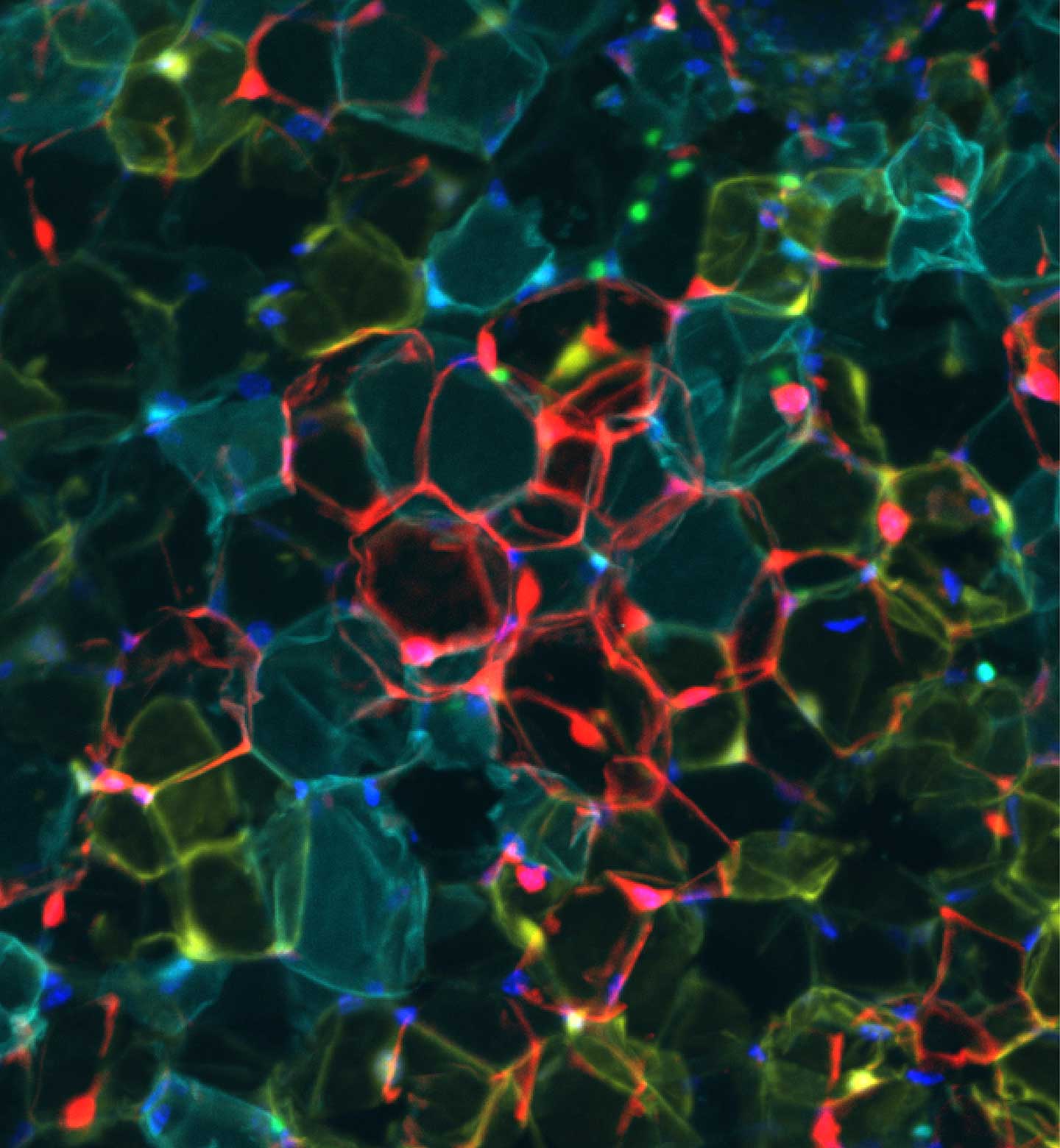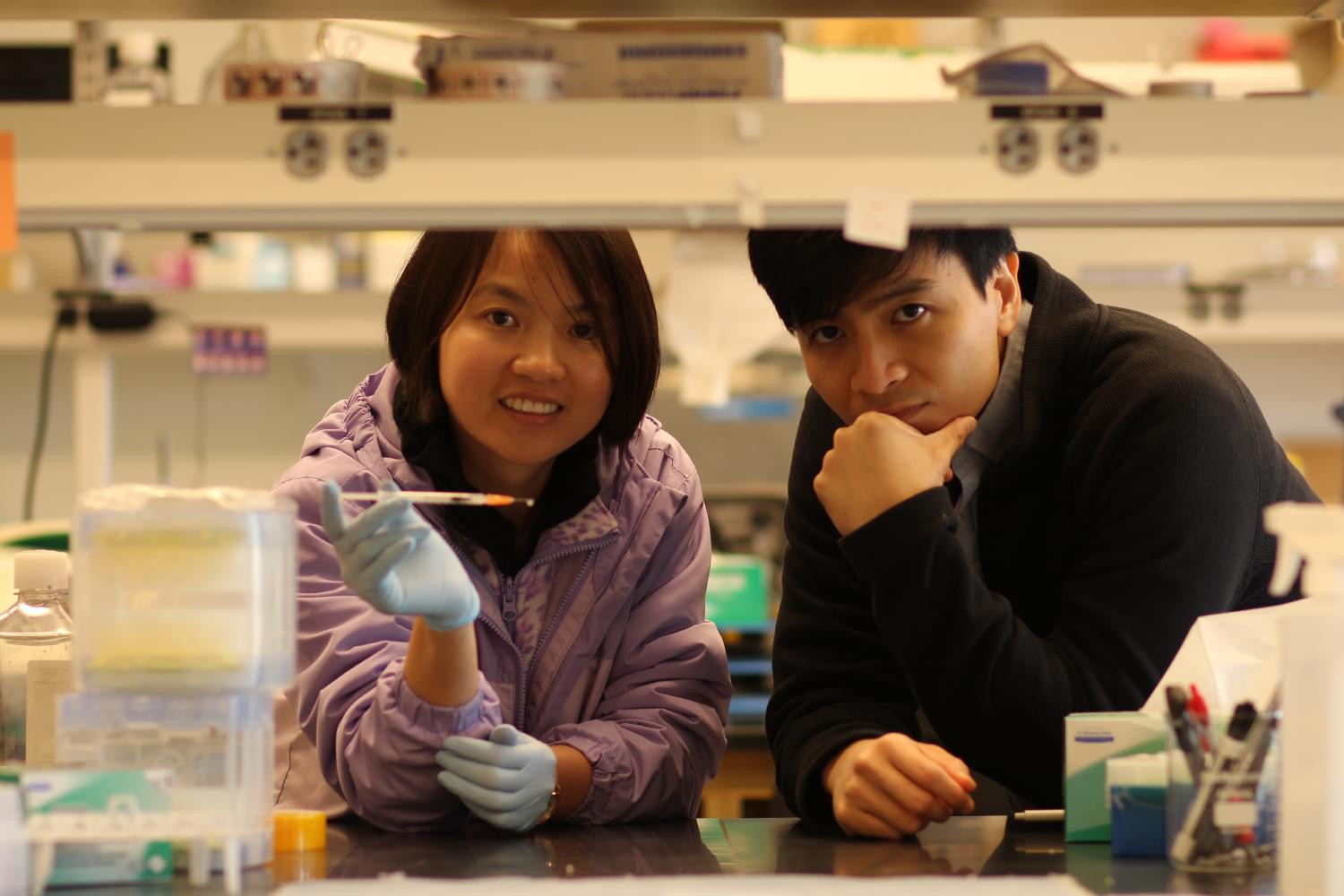Research led by Rutgers suggests there could be significant new possibilities for treating neurodegenerative diseases and brain injuries.
Researchers have uncovered how a specific protein supports the stability of connections between brain cells, which are essential for learning and memory.
According to the scientists, their findings, published in the journal Science Advances.








